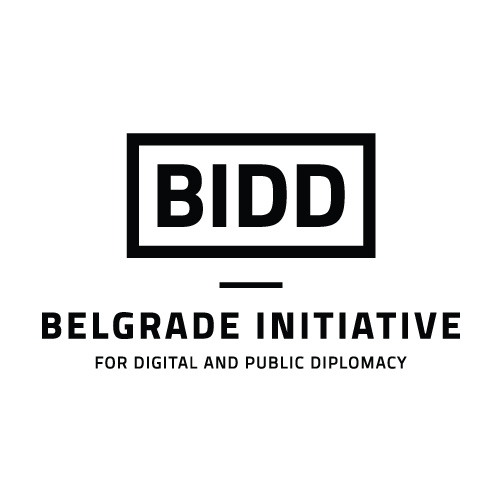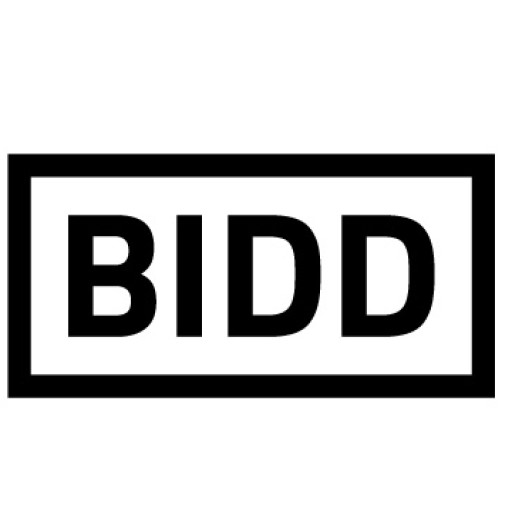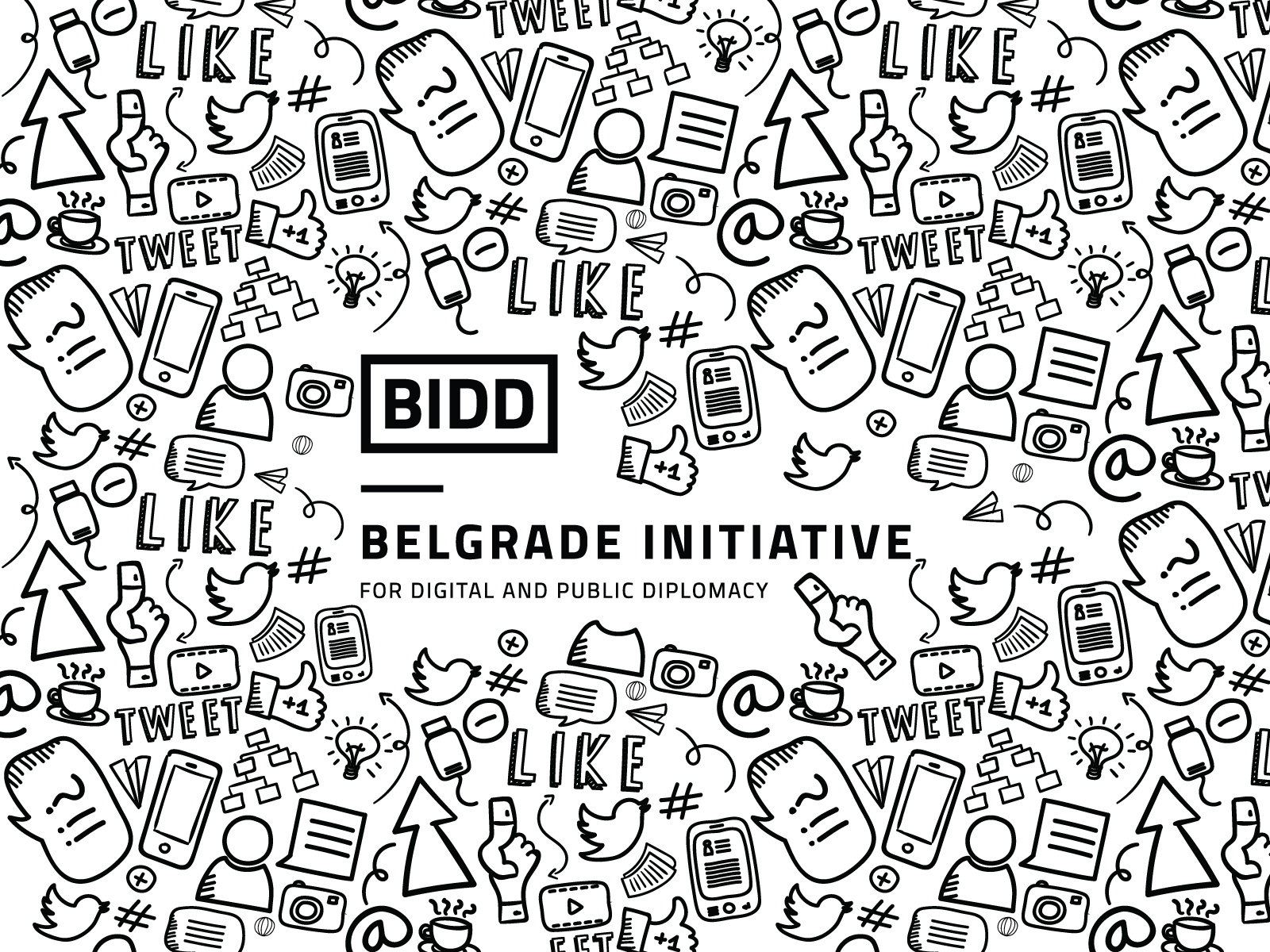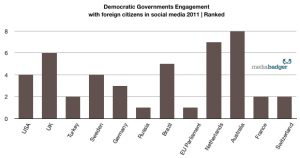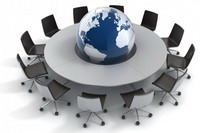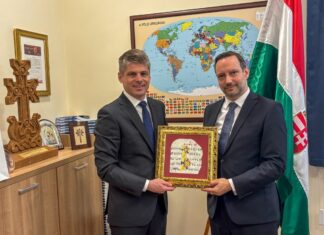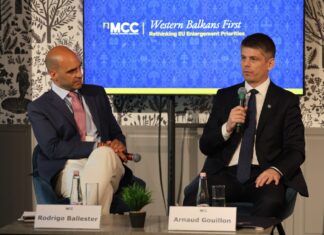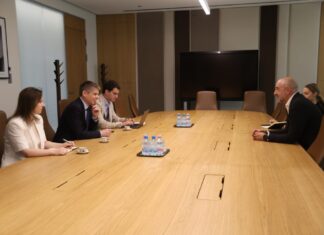How American public diplomacy was practiced in Germany over the course of three decades is the subject of this essay by a distinguished retired senior public diplomacy officer.
In Communicating with the World: US. Public Diplomacy Overseas1 I included four case studies on the practice of public diplomacy—in the Soviet Union, Germany and Brazil. In this essay I explain how public diplomacy was actually planned and carried out in three cities in Germany—in Frankfurt in the early fifties, in Berlin in the late sixties and in Bonn in the early eighties.
I came into the Foreign Service—and to public diplomacy—in an odd way. In 1949, the State Department was replacing the U.S. Military Government in Germany and was hiring people locally. I took the oath in October 1949 in Frankfurt and was assigned initially to run the America House (U.S. Information Center) in Wiesbaden and then, after five months, in Frankfurt where I remained until 1955.
What was our mission? I was never told explicitly, but we understood that we were to function as an information and cultural center in our efforts to re-orient and re-educate the German public—and especially young people—into the Western democratic community of nations.2
The central element of the America House was its library with a collection of about 4500 American books (some in translation) and some 300 periodicals. The staff, among which I was the only American, consisted of some forty-five librarians, programmers, artists, English teachers and administrative personnel. In Frankfurt, where the entire cultural infrastructure had been devastated as a result of World War II, the America House served literally as a community center until the indigenous cultural and artistic entities was rebuilt. It was a busy and popular place. We were open seven days a week from 10 am until 10 pm.
Moreover, the America House library was “open-shelf” where people could select and check out books of their choice. We did not immediately realize the democratizing impact of our open-shelf library until a frequent visitor, the city librarian who was also the director of the University library, told us that in rebuilding both libraries, he would convert them to open-shelf institutions, the first in the Federal Republic. A German researcher later wrote that one could not underestimate the success of the America Houses in introducing Germans to a new open-shelf library system, which made libraries attractive institutions. The principal impact of the America Houses, she wrote, was in influencing and changing the view of America among the German people. Through the medium of the library it was possible, she concluded, to persuade many Germans to regard America positively and often admiringly.3
|
| An Amerika Haus Library |
|
| Amerika Haus Lecture |
Frankfurt – 1950
The America House Frankfurt, the largest (together with Berlin and Munich) of some thirty similar institutions throughout the Federal Republic of Germany (FRG), conducted extensive activities —English teaching, speaker programs, concerts, theater performances, film showings, youth and children’s programs and various outreach activities. The U. S. Embassy in Bonn and the State Department in Washington provided substantial program support to the America Houses. When, for instance, the Boston Symphony came on its first post-World War II tour in 1952, its appearance in Frankfurt was under America House sponsorship, as was American Ballet Theatre in 1953.
In effect, the America House was a physical symbol of public diplomacy, a term that at that time was still unknown. Of possible relevance today, the prestige of the America House as an American cultural institution reflected on its director in the Frankfurt community. Next to the American Consul General, the director of the America House was the best-known and most recognized American official in Frankfurt (despite the huge U.S. military presence in the city). Representing the America House enabled its director to communicate easily and directly with the political, cultural and media leadership in the community.
Over time, as the city regained its cultural and social infrastructure, the America House, still a highly respected institution, converted itself into a center of information and cultural expression about the United States. Library collections were reduced and specialized, lectures and conferences focused on America, exhibits and concerts concerned themselves with American artistic expression (very similar to what the Alliance Francaise is today). The America House director retained the prestige and influence represented by the institution that he headed.
Berlin – 1967
Berlin in 1967 was a radically changed city from the one I had experienced in the 1950s. The most visible and certainly the most tragic feature was the Wall that now divided Berlin into two cities, in two different and unfriendly countries. Since its erection in 1961, the Wall had by 1967 become a political, economic, social and cultural reality that Berliners had learned to live with. Beyond that, and equally critical for an American diplomat concerned with human relationships, the close friendship between Berliners and their American partners had severely deteriorated. Whereas most Berliners continued to feel safe and grateful in the presence of the Americans as their only protectors against the Soviet threat, an active and vocal minority of mostly young people had turned against the United States and what it stood for in the world.
Many in the previous generation of Germans had, rightly or wrongly, considered the United States their Camelot; now, a significant number in the so-called “successor generation” opposed America for a variety of reasons. Certainly, U.S. involvement in Vietnam, the upheavals of the civil rights revolution in America, the assassinations of John F. Kennedy, Bobby Kennedy and Martin Luther King contributed to a conviction that America was no longer a model society but the enemy of society.
Beyond that, our analysis concluded that German youth were suffering from a growing anxiety about the world in which they lived. Among the components of this angst were:
- Fear of war, especially nuclear destruction;
- Environmental concerns;
- Alienation in a highly industrialized society consisting of large impersonal organizations, including government;
- The problems of unemployment in a harsh world with a shrinking social net;
- Bad conscience over being part of an affluent society while millions in the Third World starved; and
- An absence of national identity, a consequence of living in a divided country that had been defeated and destroyed in a terrible war.
This radicalization of young Germans often turned violent in Berlin, with frequent destructive demonstrations against the America House, Berlin’s most visible manifestation of the United States. Lectures and discussions on American policies and social issues at other institutions were often broken up violently. We had to find other ways to maintain our presence in support of the Berlin population and to represent our views on important international, political, economic and social issues. While we found that radio and television were equally radicalized in Berlin, the print media were generally open to accept American views and policies and to support the United States. And, of course, we had our own effective and respected outlets in the American radio station RIAS (literally Radio In the American Sector), and the U.S.-published newspaper Die Neue Zeitung.
We also managed to maintain our presence by offering major American art exhibitions in cooperation with Berlin museums and galleries, supported as we were by the U. S. Information Agency (USIA) in Washington and American museums, like the Museum of Modern Art.
It was a difficult period, but it demonstrated that a synergy between cultural and information activities could be very effective in the service of public diplomacy.
Bonn – 1982
In our institutional analysis and long discussions with our German counterparts, the U. S. Information Service (USIS) in Bonn determined that a serious gap of information, knowledge and understanding had developed between the people of the two countries, especially among the younger generation, and that this gap, if left unchecked, might endanger the close, mutual beneficial relationship that had become an enduring foundation of the North Atlantic partnership after World War II.
Much had been written and discussed about the generation gap and the “successor generation problem” in both countries, and a number of projects had been launched by USIS Bonn and supported by USIA Washington to bridge this gap. Among these successful projects was the publication of the “American Studies Newsletter”, directed at secondary school teachers throughout the FRG responsible for teaching about America in the context of their courses.
We also organized regional conferences for teachers of American studies and cooperated with the German Association of American Studies in their training programs by providing American experts on the training of teachers. We also cooperated with the German government in sponsoring a joint textbook revision project, intended to bring high school textbooks in both countries up to date and to correct errors, outdated provocations, or misleading statements. History and political science textbooks were examined, re-edited and re-published.
The Fulbright Commission concentrated on providing academic exchanges for students, teachers and university faculty in American and German studies. The German government, believing in the importance of the Fulbright program, supported it financially to a substantially greater extent than the U.S. Government at that time, and we worked hard to persuade Washington to restore parity to this vital program.
USIS Bonn had one other public diplomacy asset in the presence of Ambassador Arthur Burns. The distinguished economist and central banker was particularly interested in communicating with young people. I discovered that by working with him in suggesting and writing his public speeches, they would be published not only in every major German newspaper, but also in the New York Times and the Wall Street Journal and, on one occasion, in the Reader’s Digest. Even though preparing these speeches took a considerable amount of my time, I found that it was time and effort well spent, far outdistancing my written or spoken capability to engage audiences.4
Finally, our German counterparts and we proposed to launch a massive youth exchange program as a principal legacy of the 300th anniversary commemoration of German immigration to America. Initially, USIA balked at the expense— about 2 million dollars per year—that the program would cost since it would skew the worldwide budget for exchanges. We were able, however, to gain Congressional support from, among others, Senators Lugar, Heinz, Percy and Dixon and representatives Hamilton, Foley and Winn for the program, and they, in turn, worked together with their German Bundestag counterparts so that the program was funded directly by the two legislatures. The program allowed for approximately 250 youngsters from each country to spend an academic year living with families, going to high school and being integrated in the corresponding community. The U.S. Congress-German Bundestag Youth Exchange program is now in its 25th year and has exchanged more than 6,000 young people from each country.
While it is probably impossible to measure the impact of this program in the two countries, it is reasonable to assume that both societies have benefited from the knowledge and understanding that the students and their host families have gained from each other.
What Did I Learn?
In the course of thirty years working in the field and in these three tours in Germany, I learned four essentials:
Public diplomacy is primarily a field enterprise where audiences are selected, programs are proposed and carried out by the public diplomacy post abroad, after approval and with the support of Washington headquarters.
The public diplomacy field post conducts an institutional analysis (to determine primary and secondary audiences), proposes a country plan in coordination with the embassy and submits it to Washington for approval and support.
For public diplomacy to be effective, there must be synergy between long-range cultural and exchange activities and short-range information programs.
While the public diplomacy section is fully integrated in the embassy country team under the American ambassador, there must be a close, direct and functioning relationship between the embassy’s public diplomacy section and the Washington office that supervises and supports it with regard to programming, budget and personnel.
End Notes
1 Hans N. Tuch, Communicating with the World: U.S. Public Diplomacy Overseas, New York: St. Martin’s Press, 1990.
2 Many years later I came across a more formal statement of mission for public diplomacy in Germany by the then-acting Secretary of State: “There is fundamental agreement within the Department…that the United States cannot afford to spend billions on economic reconstruction without a valiant effort in the field of educational and cultural relations. It has been the basic principle underlying the Government’s policy for Germany that the reeducation of the German people is an integral part of policies intended to help develop a democratic form of government and to restore a stable and peaceful economy…. The Department has recognized…that the task of educating the German people away from authoritarianism and aggression and toward democracy and peace remains the hardest and longest of all our responsibilities in Germany and, in the long run, the most decisive.”
3 Angela Moeller, “Die Gruendung der Amerika Haeuser 1945-1949,” MA dissertation (unpublished) Ludwig-Maximilian -Universitaet Muenchen, 1984
4 Several of Arthur Burns’ speeches in Germany are contained in Hans N. Tuch, Arthur Burns and the Successor Generation: Selected Writings of and about Arthur Burns, Lanham, MD: University Press of America, 1988 |
 In leading public diplomacy efforts, Beyer contended that influence in public diplomacy comes through building relationships and being able to tell the American story. More effective at accomplishing strategic ends than simply advocating U.S. policy, Beyer felt that better explaining the intricacies of America’s story beyond its sometimes misleading outward appearance tends to help change minds. This includes the role of women in politics and business, immigration, American efforts to combat climate change, and more.
In leading public diplomacy efforts, Beyer contended that influence in public diplomacy comes through building relationships and being able to tell the American story. More effective at accomplishing strategic ends than simply advocating U.S. policy, Beyer felt that better explaining the intricacies of America’s story beyond its sometimes misleading outward appearance tends to help change minds. This includes the role of women in politics and business, immigration, American efforts to combat climate change, and more.